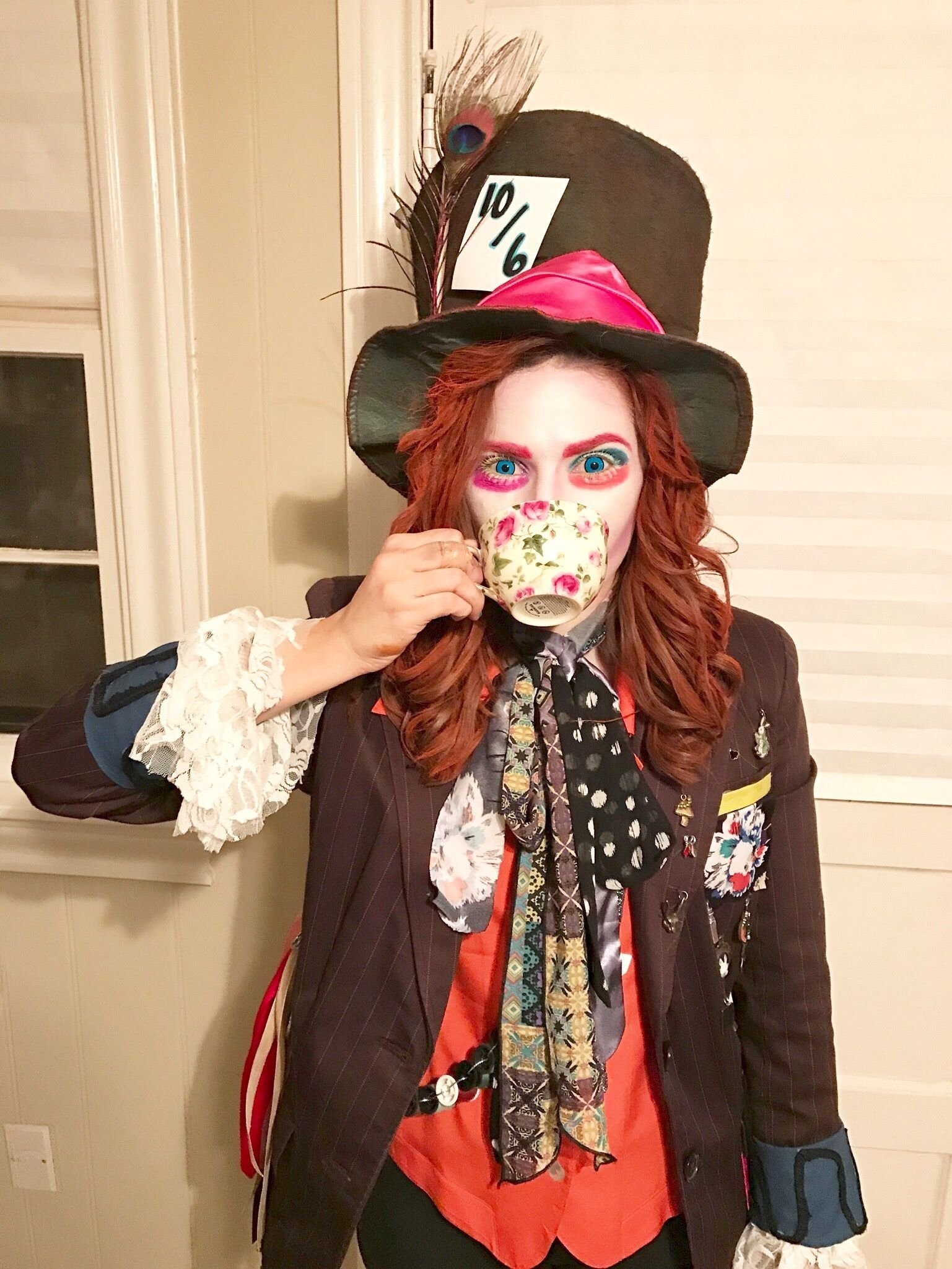
Occupational Safety & Health in the Movies

Direct and indirect costs of medical care and lost productivity for American workers is estimated to exceed $225 billion annually, for afflictions ranging from injuries to hearing loss to respiratory impairment to reduced fertility (my specialty). About 4 million private-sector workers had a nonfatal occupational injury or illness in 2007. workers died from occupational injuries and another 49,000 annual deaths are attributed to work-related diseases each year. While we strive for a system of protections that will prevent a modern-day hatter infliction, workers in the U.S and around the world continue to face daily hazards in the workplace. Those of us in occupational safety and health continue to work to protect workers and their families exposed to known and emerging workplace hazards. Information on preventing hazardous exposures to mercury on the job can be found on the NIOSH Mercury topic page. While the process of using mercury in hat manufacturing ended nearly 70 years ago, mercury continues to be used in many industries such as the production of chlorine and caustic soda, manufacture and repair of industrial and medical apparatus, and in manufacturing fluorescent lights. This presumably reflects the character’s chronic exposure to an orange-colored solution containing mercuric nitrate that was used in a process called “carroting.” It was coming out through his hair and through his fingernails, through his eyes.” In the new movie, Depp’s Hatter has flamboyantly red hair. And I think it just took ffect in all his nerves. In a 24 December 2009 interview with the Los Angeles Times, Johnny Depp, who portrays Burton’s Mad Hatter, is quoted as saying that he was aware of the implications of the Hatter’s behavior: “I think was poisoned-very, very poisoned. Hatters toiled in poorly ventilated rooms, using hot solutions of mercuric nitrate to shape and convert fur into felt hats. In those days, hatters commonly exhibited slurred speech, tremors, irritability, shyness, depression, and other neurological symptoms ergo the expression “mad as a hatter.” (Clearly, Carroll’s Mad Hatter does not express all these symptoms he is not shy.) The symptoms were caused by chronic occupational exposure to mercury. Why is the Mad Hatter mad? His erratic agitated behavior in this classic story refers to a real industrial hazard in Lewis Carroll’s Britain of 1865 (hat-making was the main trade in Stockport, near where Carroll grew up). We were drawn, not only to the promise of sumptuously creative visuals and evaporating cats, but also, in a small way, a reference to our vocation in the movie. But we made an exception when we recently saw Tim Burton’s Alice In Wonderland.

Most the time we seek out smaller foreign or independent films.

But on Tuesday nights, I join my friends from NIOSH and the outside world as we head for one of Cincinnati’s local art cinema houses to watch and then discuss movies. By day, I conduct occupational safety and health research at NIOSH.


 0 kommentar(er)
0 kommentar(er)
